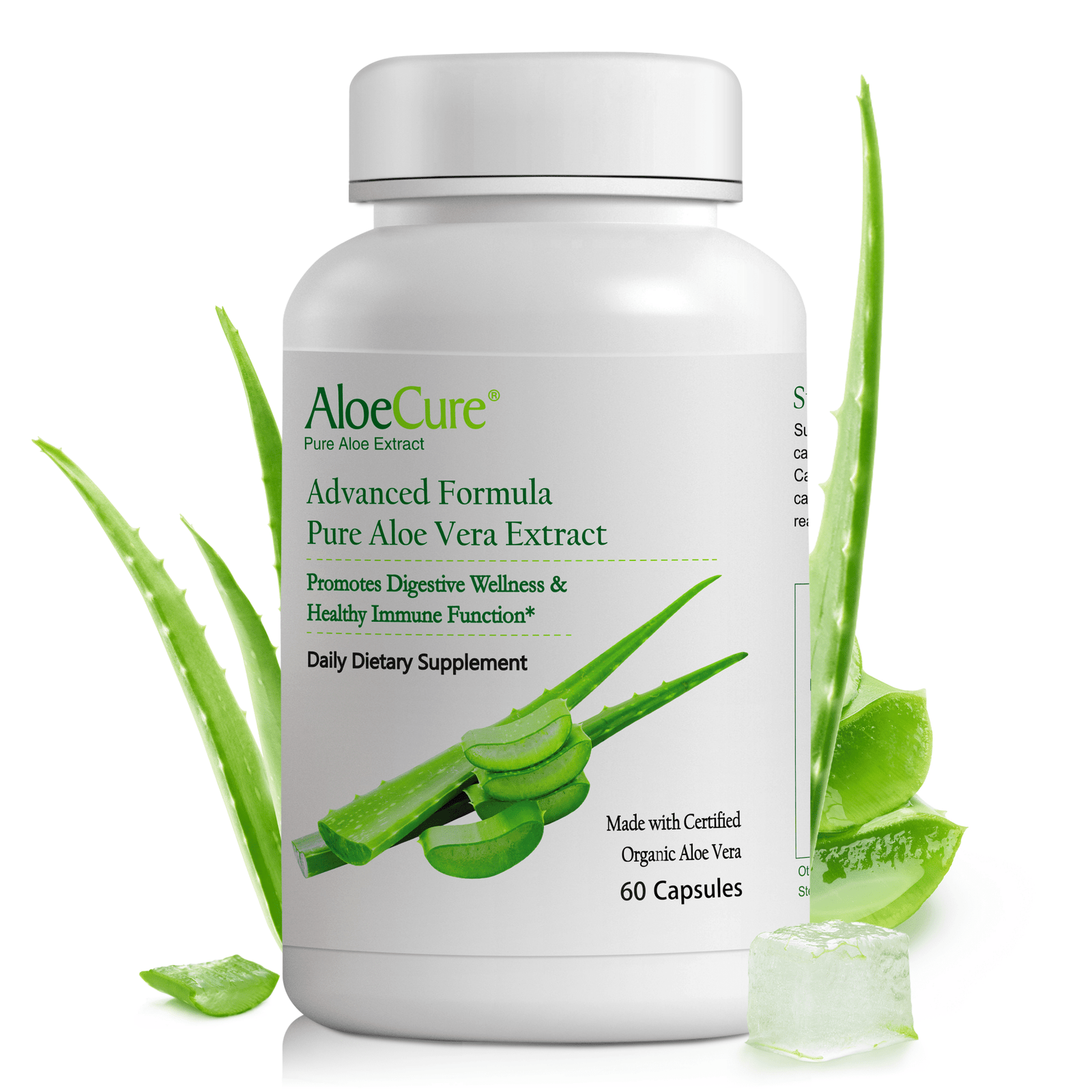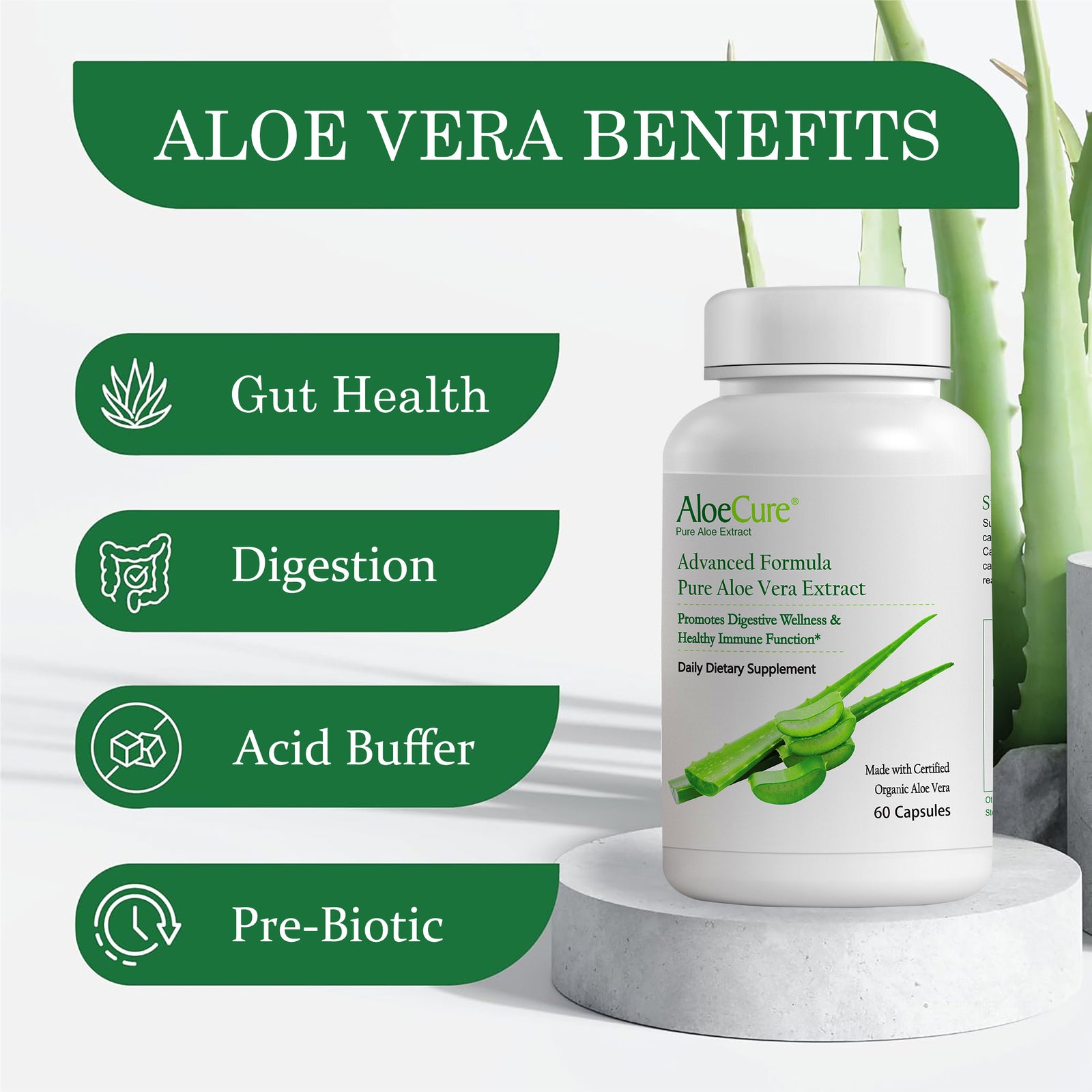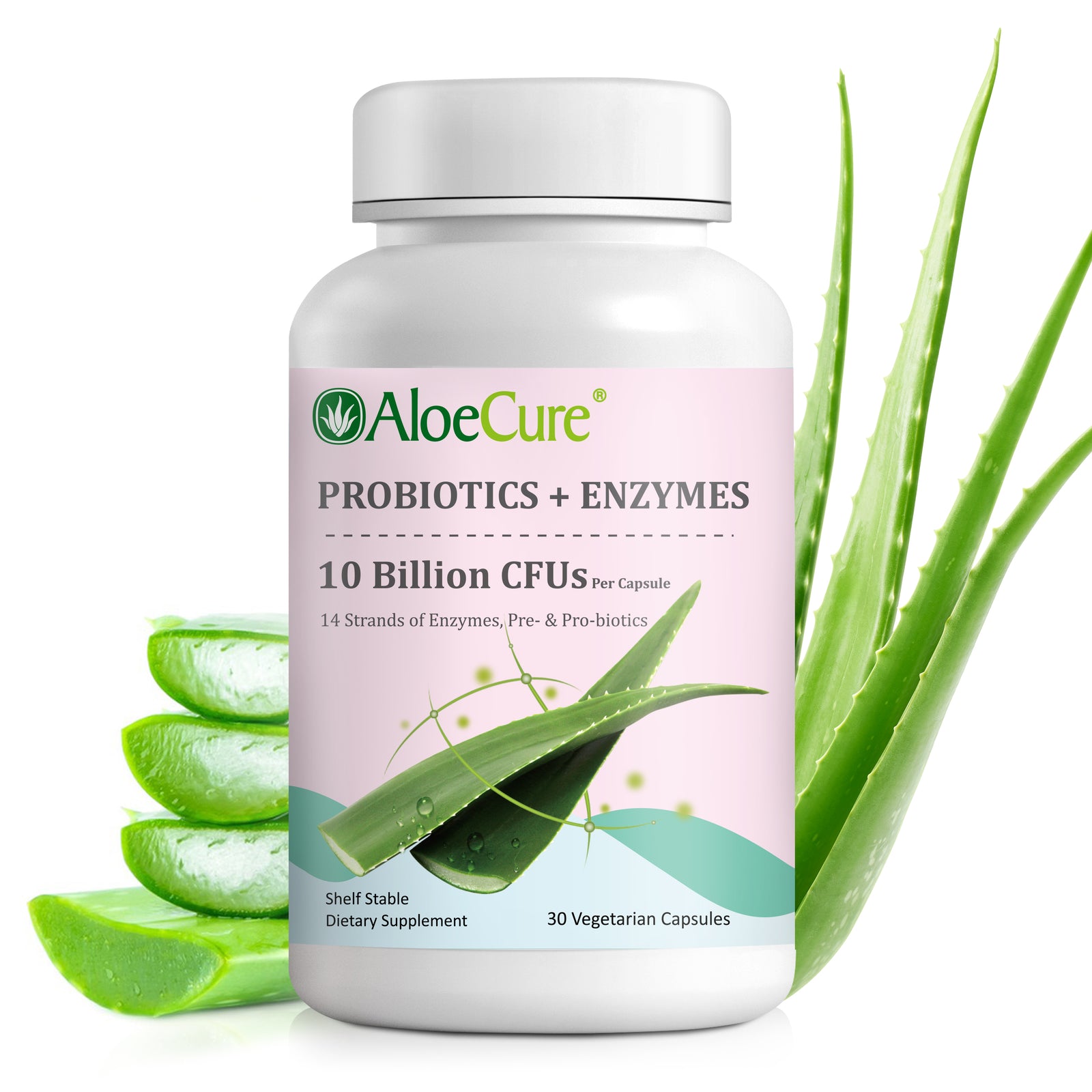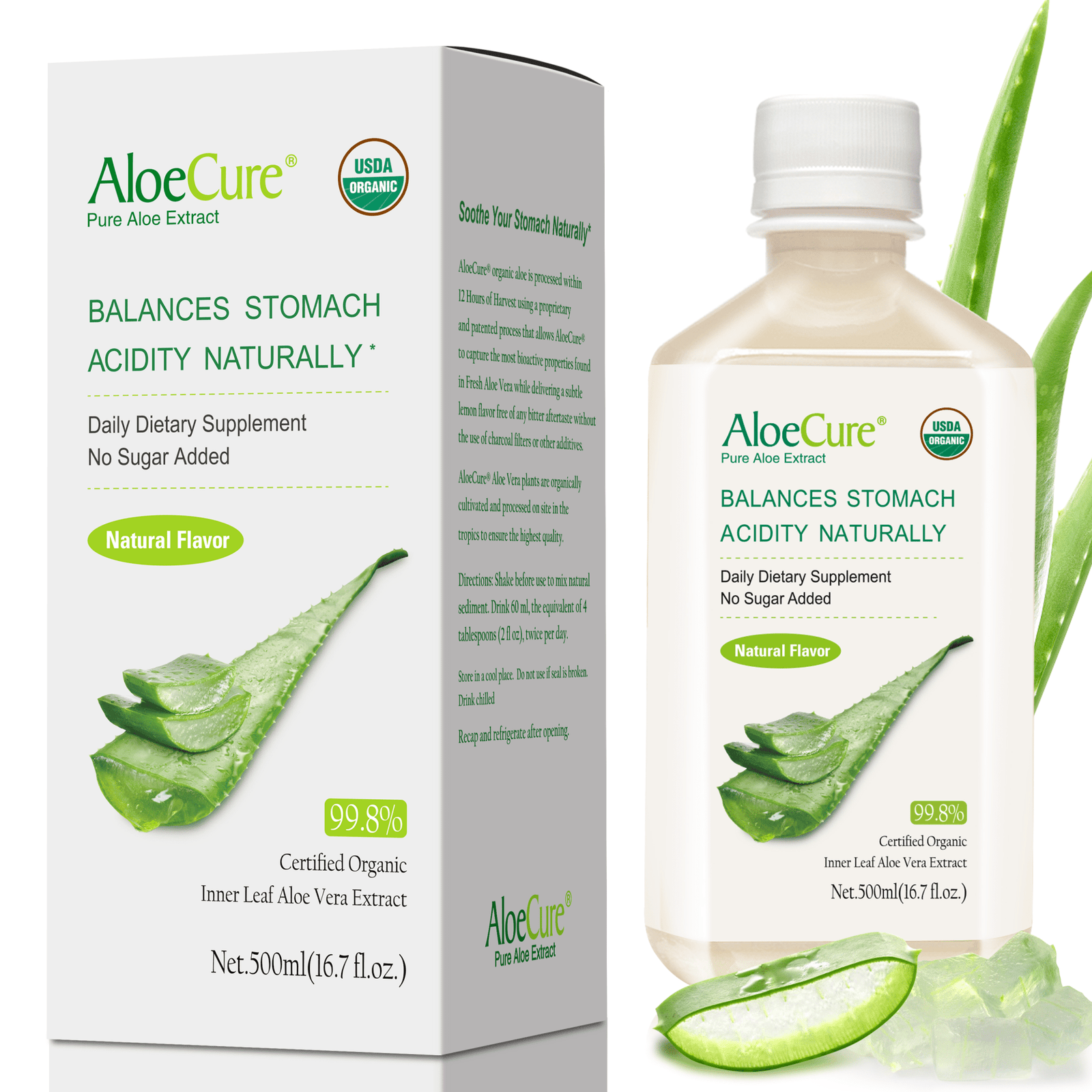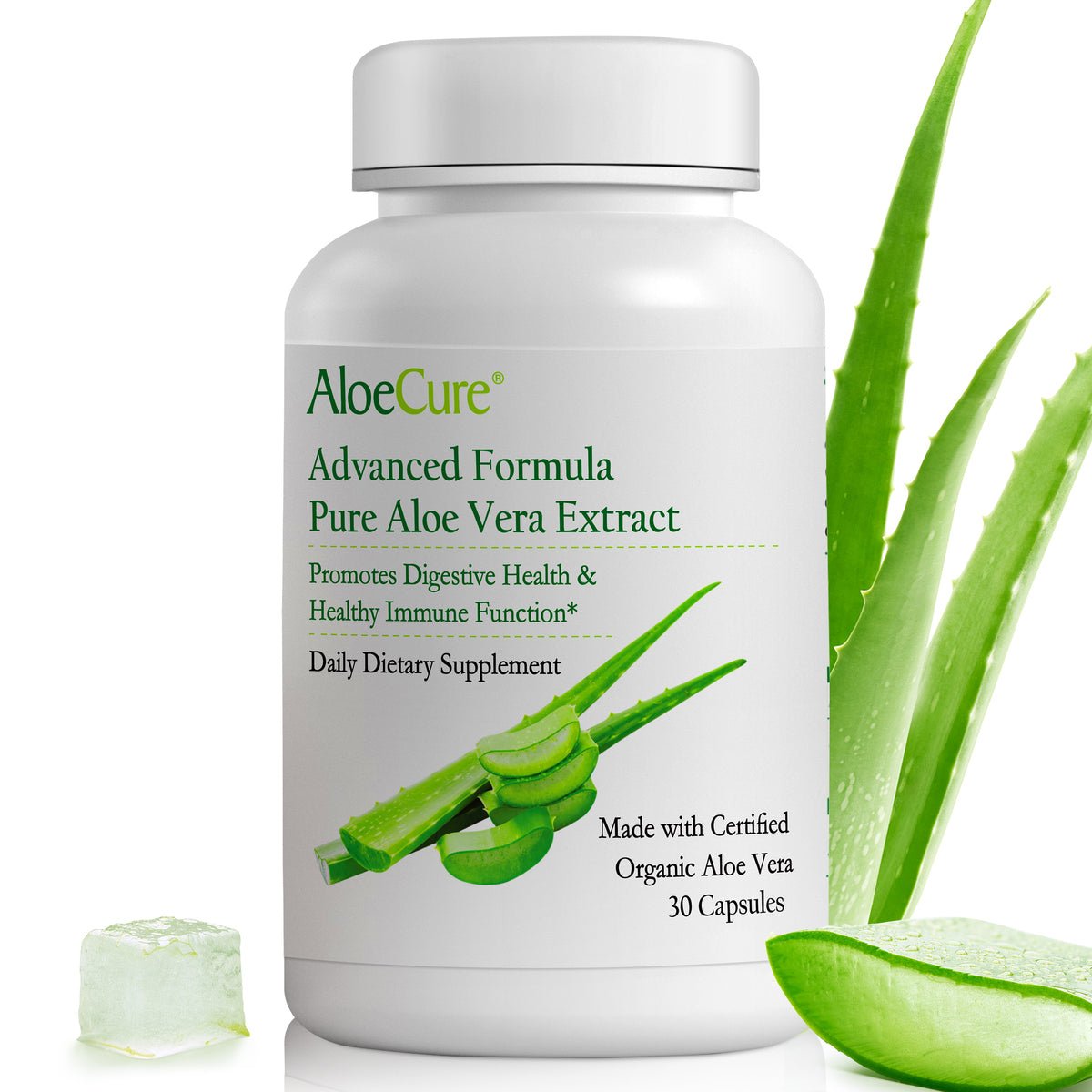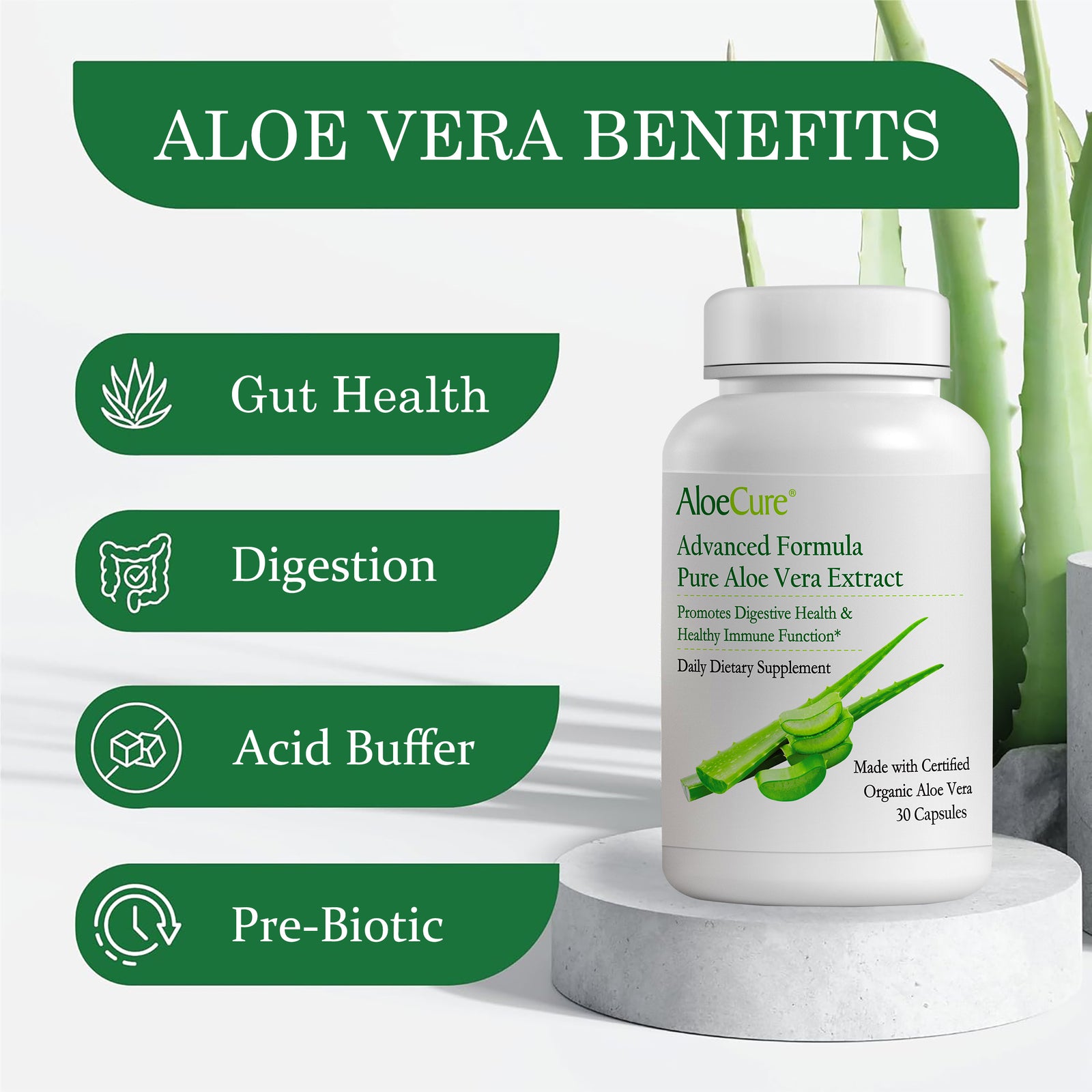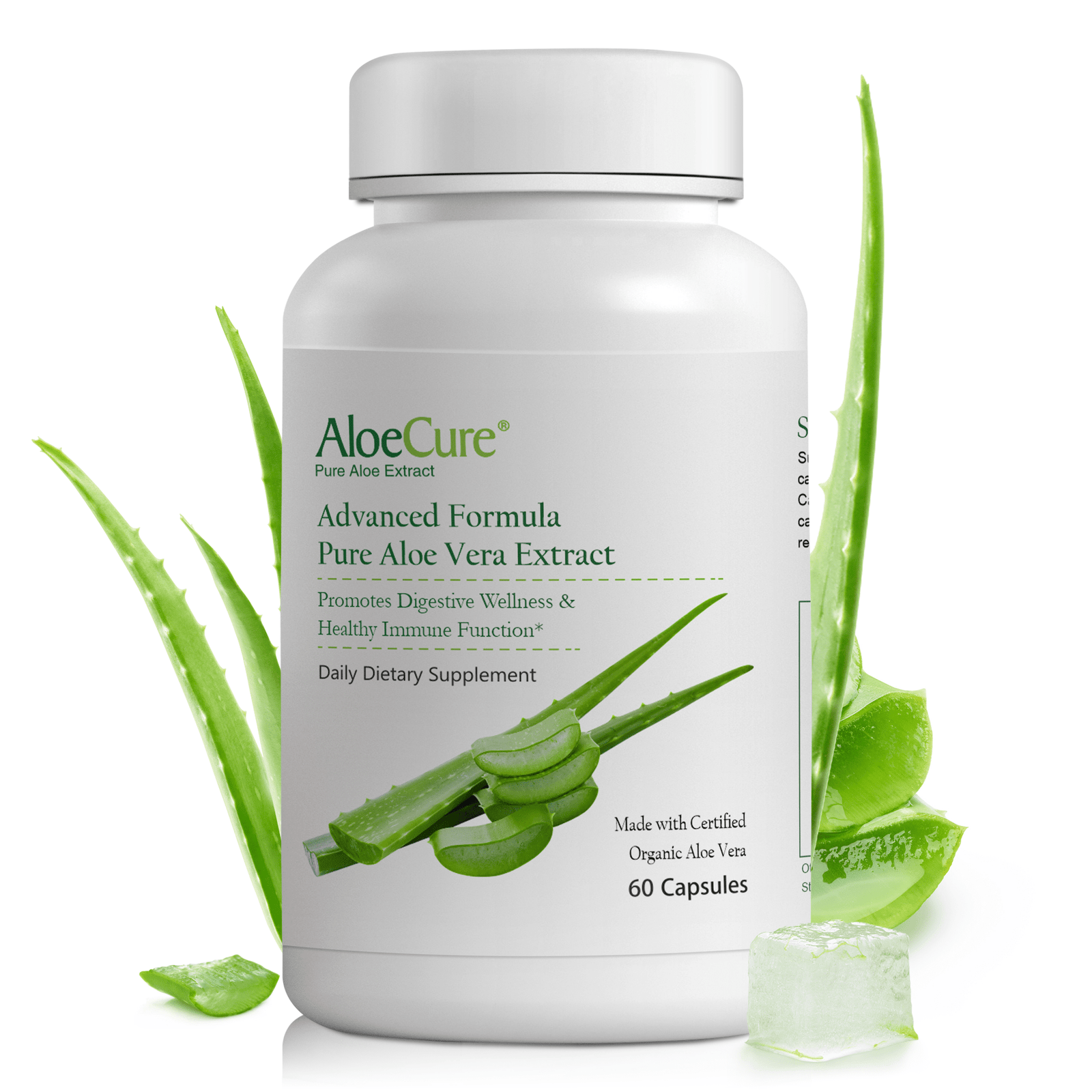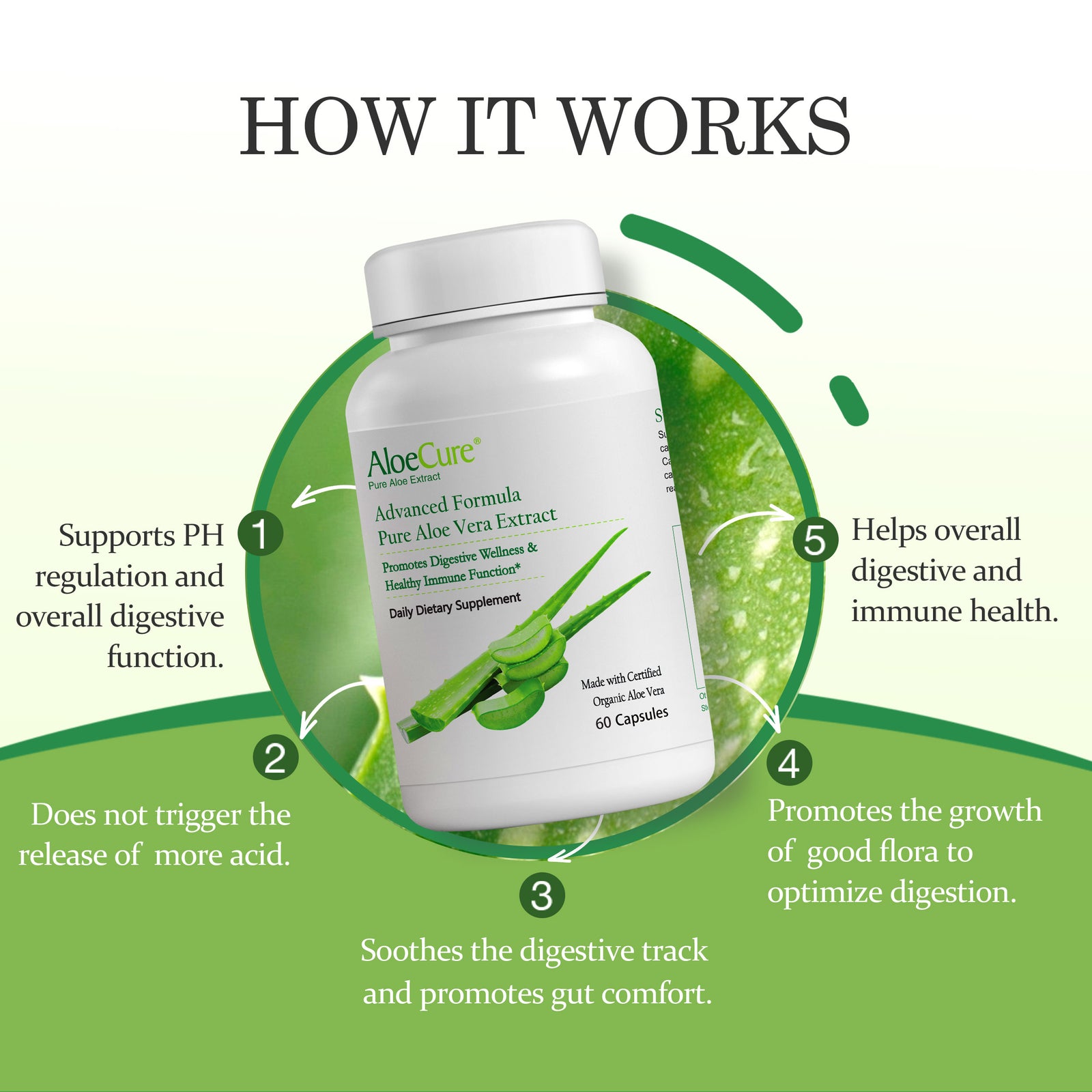Votre panier est vide
Livraison et manutention gratuites pour toutes les commandes de plus de 25 $
Livraison et manutention gratuites pour toutes les commandes de plus de 25 $
Livraison et manutention gratuites pour toutes les commandes de plus de 25 $
Livraison et manutention gratuites pour toutes les commandes de plus de 25 $
16 lire la lecture
Let's clear things up right away: when we talk about aloe vera sunscreen, we are not talking about slathering pure aloe vera gel on your skin and calling it a day. That's a myth, and a dangerous one at that. A real aloe vera sunscreen is a carefully formulated product that marries FDA-regulated sun protection ingredients with the skin-soothing goodness of aloe vera.
Think of an aloe vera sunscreen as a smart, dual-action formula designed to shield your skin from the sun while also keeping it comfortable and hydrated. It's a strategic partnership. On one team, you have the heavy hitters—proven sun-blocking agents like zinc oxide or avobenzone—that create a protective barrier against harmful UV rays. On the other team, you have high-quality aloe vera, working to support skin moisture and comfort.
This kind of combination product has become incredibly popular as people now expect more from their skincare. It's not just about protection anymore; it's about overall skin health. The demand is clear, with the global sunscreen market projected to hit USD 13.27 billion in 2025. Adding beneficial botanicals like aloe is a huge reason for that growth.
At its heart, this type of sunscreen plays two distinct but complementary roles. Understanding how they work together is key to appreciating why it's such a fantastic choice for everyday use.
Active Sunscreen Ingredients: These are the workhorses responsible for the SPF rating on the bottle. They function by either physically reflecting or chemically absorbing UV radiation before it has a chance to damage your skin.
Aloe Vera: This is the support system. Aloe vera is fantastic for maintaining the skin's moisture barrier, which is crucial when you're out in the elements, facing down sun and wind. To learn more about its many uses, check out our comprehensive guide on aloe vera.
This tag-team approach ensures that while your skin is being protected, it's also being properly cared for.
By combining proven UV filters with aloe vera, a sunscreen can offer robust protection while promoting a soothing and hydrated feel—transforming a daily necessity into a more pleasant skincare experience.
To make it even clearer, here's a simple breakdown of what each component brings to the table in a well-formulated aloe vera sunscreen.
| Component | Primary Role | Example |
|---|---|---|
| Active Sunscreen Ingredient | Provides UV Protection (SPF) | Zinc Oxide, Avobenzone, Octocrylene |
| Aloe Vera | Supports Skin Comfort and Hydration | Aloe Barbadensis Leaf Juice |
As you can see, each part has a specific job. The active ingredients do the heavy lifting of sun protection, while the aloe vera ensures your skin feels great during and after sun exposure.
Now, the effectiveness of an aloe vera sunscreen hinges entirely on the quality and concentration of the aloe used. This is why it’s so important to choose products from brands that are transparent about where their aloe comes from and how it's processed.
At AloeCure, we are vertically integrated, meaning we control every single step of the journey—from farming our own organic aloe plants to processing the gel and creating the final product. This complete farm-to-bottle oversight guarantees that the aloe in our formulas retains its powerful properties, delivering a superior experience you can truly feel with every application.
Think of your skin like a fortress under the sun's constant assault. The thick, strong outer walls are your sunscreen's active ingredients—the broad-spectrum, SPF-rated protectors that physically block UV radiation. But what happens inside those walls is just as important. That's where aloe vera comes in, acting as the fortress's dedicated support crew, keeping everything inside healthy and comfortable.
This dual-action approach is what makes a great aloe vera sunscreen so special. It’s a true synergy between powerful protection and gentle, plant-based care. While the heavy-lifting ingredients form the primary line of defense, the aloe works right alongside them to support your skin's natural balance.
Sunscreen protection really boils down to two key ideas: SPF and Broad-Spectrum coverage. Getting a handle on these terms is the first step to picking a product that actually safeguards your skin.
Sun Protection Factor (SPF) is all about measuring how well a sunscreen protects you from UVB rays. These are the rays most responsible for skin discomfort after a little too much sun.
An SPF 30 product blocks about 97% of UVB rays.
An SPF 50 product blocks roughly 98% of UVB rays.
Broad-Spectrum Protection means the formula also shields you from UVA rays. These are sneakier, penetrating the skin more deeply and contributing to signs of premature aging. If a product is labeled "Broad-Spectrum," it has been tested and proven to provide real defense against both types of UV radiation.
A high-quality sunscreen doesn’t just focus on one type of ray; it provides a comprehensive shield. Think of SPF as the guard at the front gate, while Broad-Spectrum protection is the patrol watching the entire perimeter.
This infographic breaks down how these two core functions work together in a well-formulated aloe vera sunscreen.

As you can see, the "Sun Protection" shield and the "Skin Support" droplet aren't separate features; they're two essential halves of a more complete approach to sun care.
While active ingredients like zinc oxide are busy blocking UV rays, aloe vera is focused on supporting the skin itself. It's packed with polysaccharides, vitamins, and amino acids, making it the perfect partner in any sun care formula.
One of aloe vera's most critical jobs is supporting the skin's moisture barrier. Sun, wind, and heat all conspire to pull moisture out of your skin, but aloe helps lock in hydration, keeping your skin feeling soft and supple. This incredible benefit has made aloe a true cornerstone of the cosmetics world. In fact, the market for aloe vera extracts is expected to balloon from USD 3.97 billion in 2025 to USD 8.29 billion by 2035, with cosmetics being a major force behind that growth.
When you combine these elements in a single bottle, you get something far greater than just sun protection. The aloe helps create a lightweight, non-greasy texture that feels fantastic on the skin, which makes you much more likely to apply it consistently. And we all know that consistent use is the bedrock of any effective sun safety plan.
Beyond the nitty-gritty of sunscreen, it helps to understand the wider principles of skin health. For a different perspective on looking after delicate skin, you might find some useful nuggets in these general baby skin care tips. After all, the fundamentals of gentle care and moisture support are universal.
By choosing a sunscreen formulated with high-quality aloe, you're not just grabbing a shield. You're getting a supportive partner for your skin's daily wellness journey—a smarter, more thoughtful way to enjoy your time outdoors.
When you grab a sunscreen off the shelf, you're making a key decision for your skin's daily defense. Choosing an aloe vera sunscreen takes that decision a step further—it’s not just about protection, but about giving your skin complete support. This is about more than SPF; it's about making sure your skin feels comfortable, hydrated, and calm while being shielded from the sun.
The biggest win here is aloe's incredible ability to help hydrate your skin. Sun, wind, and dry air are notorious for stripping your skin's natural moisture, leaving it feeling tight and stressed out. Aloe vera is packed with polysaccharides that act like a moisture magnet, helping your skin hang on to hydration for a supple, healthy look all day long.
This is a bigger deal than it sounds, because well-hydrated skin just feels better. The soothing qualities of aloe add to an overall feeling of comfort, both when you're in the sun and after you come indoors. Instead of that dry, chalky feeling some sunscreens leave behind, your skin feels refreshed and happy.

Beyond what it does for your skin, aloe vera fundamentally changes the texture and feel of the sunscreen itself. Let’s be honest, many traditional sunscreens can be a real pain to use. They're often thick, greasy, or leave behind a ghostly white cast. That unpleasant experience is one of the main reasons people skip this crucial daily step.
Aloe’s natural gel-like consistency helps formulators create much lighter, more elegant products. An aloe vera sunscreen usually glides on smoothly, absorbing quickly without feeling heavy or sticky. This cosmetic upgrade turns applying sunscreen from a chore into a genuinely pleasant part of your routine—making it far more likely you'll use it consistently.
Adding aloe doesn't just make a sunscreen feel nicer; it weaves in layers of real, functional benefits that work right alongside the UV filters. Here’s a quick breakdown of what you get:
Supports Lasting Hydration: Aloe helps lock in moisture, which is fantastic for keeping skin looking elastic and supporting it against the drying effects of a day outdoors.
Promotes Skin Comfort: The natural compounds in aloe are famous for their soothing properties, helping keep your skin feeling calm and comfortable.
Improves Product Texture: It's the secret to that lightweight, non-greasy feel that makes you actually want to wear sunscreen every day.
Offers Antioxidant Support: With antioxidants like vitamins C and E, aloe gives your skin a little extra help in its natural defense against environmental stressors.
Choosing an aloe vera sunscreen is a proactive step toward more holistic skin care. You're not just blocking UV rays; you're actively nourishing your skin's moisture barrier and promoting its overall well-being.
This all-in-one approach is what truly sets these formulas apart. You get the robust, broad-spectrum protection you need, but it's paired with the gentle, supportive care your skin deserves. It's simply a smarter way to think about sun safety. Beyond just sun care, aloe vera is widely celebrated for its gentle and moisturizing touch, which is why it's so often used for its aloe vera's benefits for soothing dry skin.
When you choose a sunscreen from a brand that controls its aloe from the farm to the final bottle, you're getting a higher level of purity and potency. At AloeCure, our vertical integration means we oversee every single step, from hand-harvesting our organic aloe to formulating the final product. This guarantees the aloe in your sunscreen is the highest quality, ready to deliver maximum benefits and turn your daily sun protection into a truly restorative act of self-care.
Walking down the sunscreen aisle can feel like a pop quiz you didn't study for. With so many bottles making so many promises, how do you pick the right one? When it comes to aloe vera sunscreen, knowing what to look for makes the decision a lot simpler. A truly great formula does more than just protect you from the sun—it harnesses the genuine, skin-loving properties of aloe to soothe and hydrate at the same time.
It's no surprise that people are looking for more from their skincare. The global market for aloe vera products is booming, expected to jump from USD 1.64 billion in 2025 to USD 2.75 billion by 2032. North America is leading the way, making up 36% of that market. You can discover more insights about the aloe vera products market to see just how popular it's become. This growth means more choices, which makes reading the label correctly more important than ever.
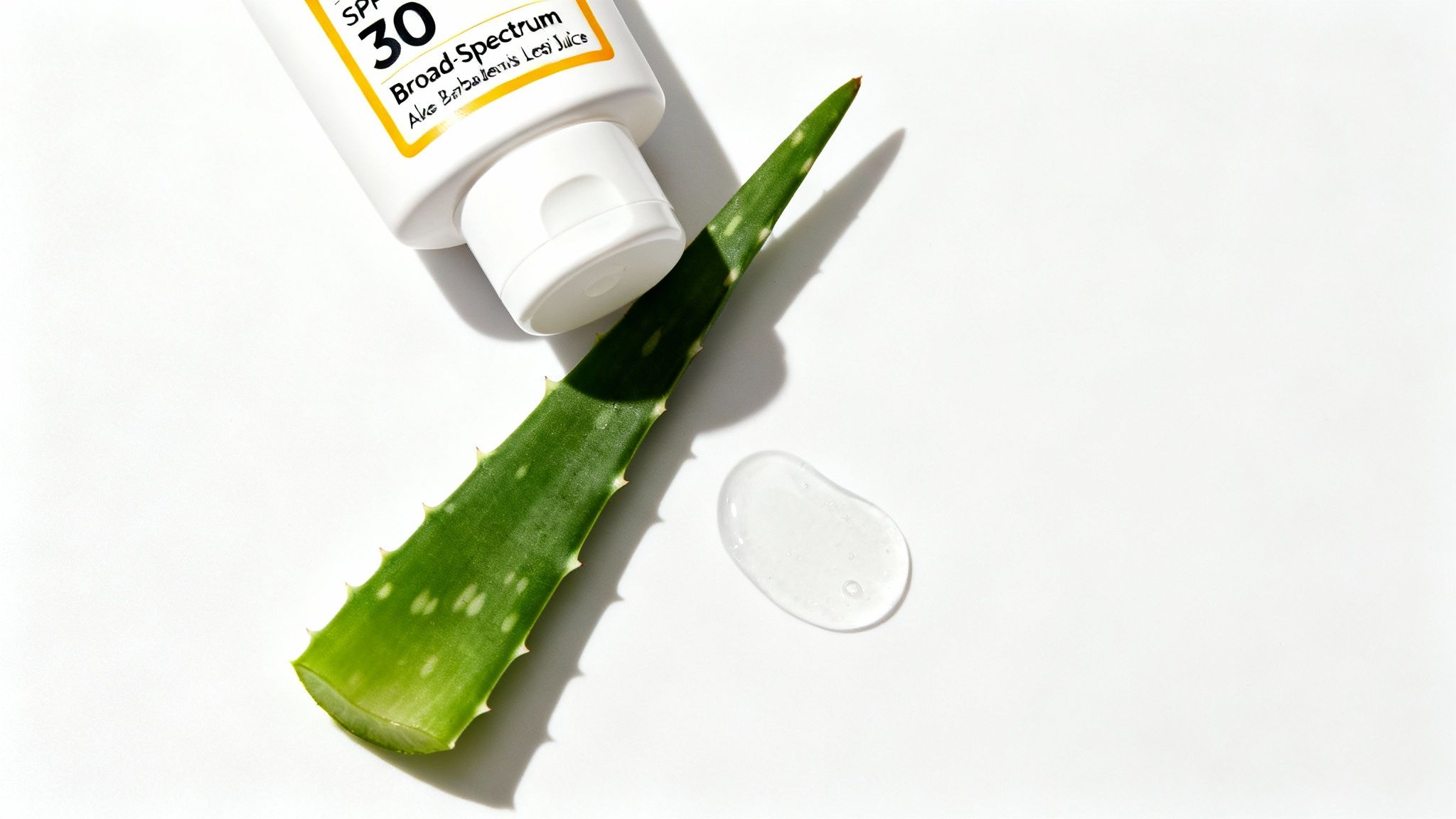
Before you even think about the aloe, your sunscreen has to nail the basics of sun safety. These are the absolute must-haves you should see printed right on the front of the bottle.
SPF 30 or Higher: Think of this as the minimum for daily protection. A solid SPF 30 blocks about 97% of UVB rays, giving your skin a strong defense against the sun.
Broad-Spectrum Protection: This is critical. It means the product has been tested and proven to shield you from both UVB rays (the ones that cause skin discomfort) and UVA rays (the ones responsible for premature aging).
Water Resistance: If you're planning a swim or expect to break a sweat, look for a "water-resistant" claim. The label will tell you if it holds up for 40 or 80 minutes in the water.
Consider these three points the foundation of any good sunscreen. Without them, even the highest quality aloe vera can't give your skin the protection it needs to stay healthy.
Once the fundamentals are covered, it's time to flip the bottle over and look at the fine print. The ingredient list is where you can separate the truly high-quality aloe vera sunscreens from the pretenders. Ingredients are always listed by concentration, from highest to lowest.
The placement of aloe vera on the ingredient list is your best clue to its quality and concentration. For maximum benefit, you want to see it listed near the top, not buried at the bottom after preservatives and fillers.
Keep an eye out for its scientific name: Aloe Barbadensis Leaf Juice or Aloe Barbadensis Leaf Extract. Finding this near the top of the list is a great sign. It means the formula contains a meaningful amount of aloe, so you'll actually get to experience its amazing hydrating and calming benefits. If you want a refresher on what pure aloe can do, check out our guide on using pure aloe gel for skin.
To make it even easier, here's a quick checklist to use next time you're shopping.
| Feature to Check | Why It's Important | What to Look For |
|---|---|---|
| High Aloe Placement | The ingredient list is ordered by concentration. Aloe at the top means a higher, more effective amount. | Aloe Barbadensis Leaf Juice listed as one of the first few ingredients. |
| Broad-Spectrum SPF 30+ | This ensures protection from both UVA (aging) and UVB (burning) rays at a medically recommended level. | "Broad-Spectrum SPF 30" (or higher) clearly stated on the front label. |
| Water Resistance | Essential for maintaining protection during swimming or sweating. | "Water Resistant" with a time limit (e.g., 40 or 80 minutes). |
| Clean Ingredient List | You want soothing ingredients, not potential irritants that counteract aloe's benefits. | Avoidance of parabens, phthalates, and oxybenzone, especially for sensitive skin. |
| Brand Transparency | Brands that control their supply chain can guarantee the purity and potency of their aloe. | Look for mentions of "farm-to-bottle," vertical integration, or organic farming practices. |
Using this table can help you quickly vet products and choose one that truly delivers on both sun protection and skin care.
Finally, take a moment to consider who makes the product. The surest way to guarantee the aloe in your sunscreen is pure and potent is by choosing a brand that is fully vertically integrated. This simply means they control every step of the process, from planting the seed to sealing the bottle.
At AloeCure, this farm-to-bottle promise is at the heart of everything we do.
We farm our own aloe: We grow our aloe on USDA-certified organic farms, ensuring its quality from the very start.
We process our aloe: We handle the aloe leaves within hours of harvest to lock in all the key compounds and nutrients.
We produce our own products: We formulate our skincare right in-house, making sure every batch meets our strict standards for quality and effectiveness.
This complete oversight means we don't have to worry about diluted or poorly processed aloe from outside suppliers. It’s our guarantee of quality and transparency, so you can feel confident that the aloe vera sunscreen you choose will deliver the powerful, supportive benefits your skin deserves.
Choosing a high-quality aloe vera sunscreen is a great start, but even the best formula in the world won’t do its job if you don’t apply it correctly. A good technique is what turns that bottle into a reliable shield, ensuring you get the full SPF and broad-spectrum protection you're counting on.
It really just comes down to a few simple rules. Getting the hang of how much to use and when to reapply can make all the difference, but it’s an area where it's surprisingly easy to fall short.
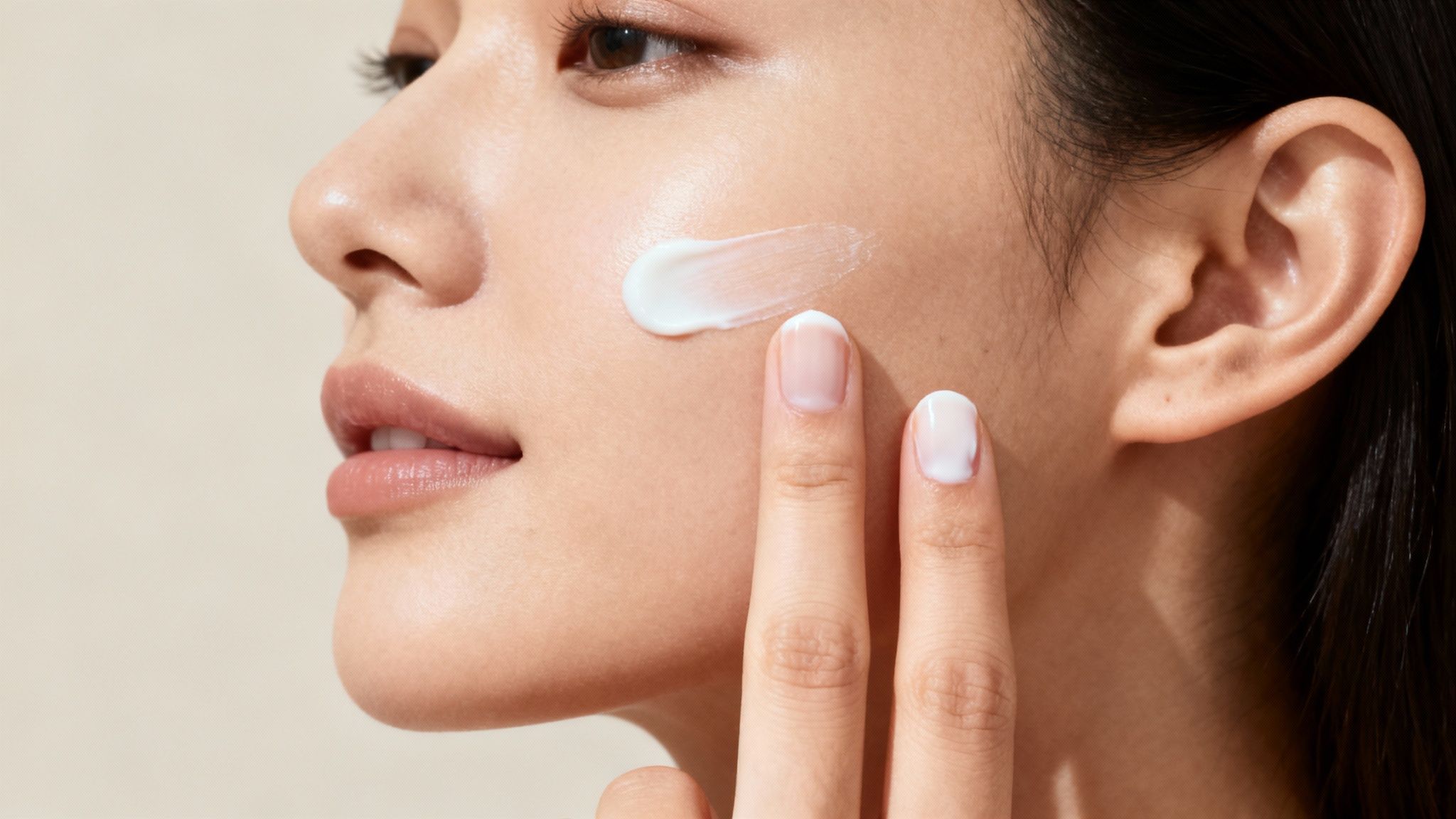
Honestly, the biggest mistake most of us make is not using nearly enough sunscreen. To make it simple, dermatologists and skincare experts swear by the “two-finger rule” for your face and neck.
Just squeeze a line of sunscreen down your index and middle fingers, from the base all the way to the tip. That’s the amount you need to get the real protection promised on the label.
Timing is also a big deal. Sunscreen needs a moment to bond with your skin and form that protective barrier. As a rule of thumb, put it on at least 15 minutes before you step outside. That little window gives the active ingredients time to get to work.
Think of sunscreen as a protective coating that wears off. Sun, sweat, and water break it down, leaving your skin exposed again. That’s why reapplying isn’t just a good idea—it’s non-negotiable for real protection.
A single application in the morning is not enough for all-day protection. To maintain your shield against UV rays, consistent reapplication is your most powerful tool.
To stay protected, you’ll need to reapply your sunscreen:
Every two hours: This is the gold standard for a normal day.
Immediately after swimming or heavy sweating: Water is sunscreen's enemy. As soon as you towel off, it’s time for another layer.
I find setting a timer on my phone is a lifesaver, especially on those long beach days or when I’m out hiking. It’s easy to forget when you’re having fun!
It’s natural to focus on your face and arms, but UV rays are sneaky and will find any bit of exposed skin. In fact, some of the most common spots for sun damage are the ones we completely forget.
Make sure you’re hitting these often-missed areas:
The tops and backs of your ears
The back of your neck
Your scalp, especially along your part line
The tops of your feet and your ankles
Finally, remember that even the most perfectly applied aloe vera sunscreen is just one piece of the puzzle. For the best protection, you need a complete sun safety plan.
That means pairing your sunscreen with other smart habits, like wearing protective clothing, seeking shade during the sun’s peak hours (usually 10 a.m. to 4 p.m.), and throwing on a wide-brimmed hat. When you layer these strategies together, you’re giving your skin its best possible defense to stay healthy for years to come.
With countless online tutorials floating around, the idea of making your own skincare at home can seem pretty tempting. But when it comes to sun protection, going the DIY route isn't just a bad idea—it’s flat-out risky. An aloe vera sunscreen is a sophisticated product, and trying to whip one up in your kitchen is a recipe for serious sun damage.
Sunscreen formulation is a complex science. It’s a whole lot more than just mixing a few ingredients together. Creating a stable, effective, and safe product takes precise chemistry, specialized equipment, and a ton of testing to make sure it actually delivers the SPF promised on the bottle.
Simply dumping some zinc oxide powder into pure aloe vera gel might look like a simple fix, but it's a deeply flawed approach. The biggest problem is getting those protective particles evenly suspended. Without professional formulation, the zinc oxide will just clump together and settle, leaving huge gaps on your skin that are completely exposed to UV rays.
The process behind a reliable sunscreen is meticulous. Cosmetic chemists work very carefully to ensure the active ingredients are perfectly dispersed and stay that way over time, giving you consistent coverage every single time you apply it. You just can’t replicate that with a bowl and a whisk.
A homemade concoction gives you a false sense of security. You might think you’re protected, but in reality, your skin is getting hit with the full spectrum of UV radiation, which can lead to major skin issues down the road.
Here are a few critical reasons why you should always trust a professionally formulated sunscreen:
Guaranteed SPF Rating: Commercial products go through expensive, strict testing to verify their Sun Protection Factor. A DIY mix has an unknown—and likely near-zero—SPF.
Broad-Spectrum Stability: Formulators use specific ingredients to make sure the sunscreen protects against both UVA and UVB rays, and to ensure that protection doesn't break down the second it hits the sunlight.
Safety and Purity: Professionally made products are created in sterile environments to keep them free from contamination. And while aloe itself is amazing, it's also important to be aware of potential aloe vera side effects if it isn't processed correctly for skin use.
Your skin’s health is just too important to leave to a kitchen experiment. While the spirit behind DIY skincare is great, sunscreen is a regulated product for very good reasons. For safe, reliable, and effective sun protection, always stick with a product from a reputable brand.
At AloeCure, our commitment to quality is everything because we live and breathe this complexity. Our vertical integration means we control the entire journey—from growing our own organic aloe to formulating the final product. This guarantees the aloe in our sister company ALODERMA's skincare is pure, potent, and safely combined with other proven ingredients, giving you the peace of mind and high-performance protection your skin truly deserves.
Let's be honest, navigating the world of sun care can feel a little overwhelming. New ingredients pop up all the time, and when you're looking for something that does more than just protect, the questions really start to pile on. When it comes to aloe vera sunscreen, a few key queries always seem to surface.
Getting clear, straightforward answers is the best way to feel confident you're making the right choice for your skin. Below, we're tackling the most common questions head-on.
This is probably the most important question we get, and the answer is a simple, emphatic no. Pure aloe vera gel, straight from the plant or a bottle, has zero ability to protect you from UV radiation. While it's an absolute champion for hydrating and supporting the skin, it can't block or filter the sun's damaging rays.
Think of aloe in sunscreen as a supportive teammate, not the star player. For real protection, you need a properly formulated broad-spectrum sunscreen with an SPF of 30 or higher.
For many people with sensitive or easily-agitated skin, sunscreens that include aloe vera are a fantastic option. Aloe is famous for its gentle, calming properties that help keep skin comfortable and balanced, which is a huge plus when you're out in the sun.
That said, everyone's skin is unique. It's always a smart move to scan the full ingredient list for anything you know your skin doesn't like. And with any new product, doing a quick patch test on a small area of skin is a great way to ensure it's a good fit for you.
A high-quality aloe vera sunscreen should do two things perfectly: provide powerful UV protection and pair it with gentle, supportive botanicals. This combination creates a formula that feels just as good as it protects.
Spotting a genuinely great product is all about reading the label like a pro. The ingredient list is your best clue. Look for Aloe Barbadensis Leaf Juice to be listed near the top—ideally as one of the first few ingredients. That tells you there's a meaningful amount in the bottle, not just a sprinkle for marketing.
Go a step further and look into the brand itself. Companies that are vertically integrated, meaning they handle everything from farming the aloe to bottling the final product, offer a much higher level of quality control. This farm-to-bottle approach ensures the aloe is pure and potent, leading to a sunscreen that truly benefits your skin.
At AloeCure, our sister company ALODERMA creates skincare with fresh aloe that comes directly from our own USDA-certified organic farms. We process our aloe within hours of harvest to capture its full power, ensuring you get the highest quality skin support possible. Explore our full range of wellness products at https://aloecure.com and sign up to receive 20% off your subscription.
Les commentaires sont approuvés avant leur publication.
15 lire la lecture
13 lire la lecture
11 lire la lecture
Discover how to use spray on aloe for after sun care to support skin hydration and comfort. Learn application tips and why farm-to-bottle quality matters.
Obtenez instantanément un coupon et inscrivez-vous pour découvrir les dernières tendances en matière de bien-être
